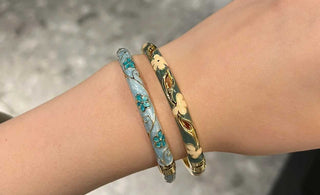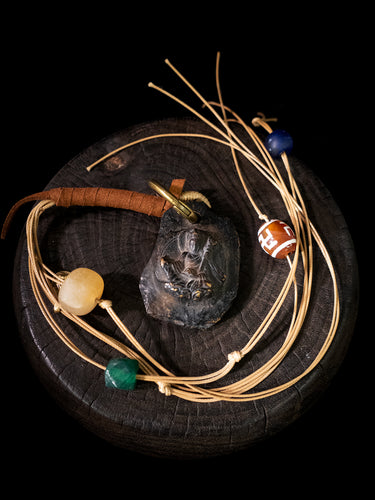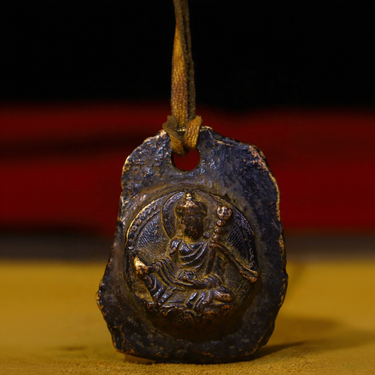
The world of art is replete with masterpieces that transcend time and captivate the hearts of art enthusiasts. Among these treasures, one particular artwork stands out for its intricate beauty and profound symbolism - the Cloisonné Copper Square. This magnificent piece of art, crafted with meticulous precision and imbued with deep cultural significance, holds a special place in the realm of classical oriental art. The allure of the Cloisonné Copper Square lies not only in its exquisite craftsmanship but also in the symbolic meanings it conveys. Each element of its design tells a story, reflecting the rich tapestry of oriental culture and heritage.
The Art of Cloisonné: A Labor of Skill and Patience
The art of Cloisonné is a labor of skill and patience, requiring a meticulous process that showcases the expertise and dedication of skilled artisans. To truly appreciate the art form, it is essential to delve into the intricate techniques and processes involved. The creation of a Cloisonné masterpiece begins with a copper base that is carefully shaped into the desired form, often a square. The surface of the copper is meticulously cleaned to ensure a pristine canvas for the artwork. The defining feature of Cloisonné lies in the delicate placement of thin metal strips, known as cloisons. These cloisons are precisely arranged on the surface of the copper, forming compartments or cells that separate different sections of the design. The artisans must demonstrate exceptional precision and attention to detail while placing the cloisons, ensuring they are secure and properly aligned. Once the cloisons are in place, the next step is to fill the compartments with enamel. The enamel, a mixture of finely ground glass, metal oxides, and pigments, is carefully applied in multiple layers. Each layer is fired in a kiln at high temperatures, allowing the enamel to fuse and create a smooth, glossy surface. This firing process requires great skill and control to achieve the desired colors and effects. The repeated application of enamel layers and firing is crucial to achieving the rich and vibrant colors that are characteristic of Cloisonné art. The artisans must carefully consider the opacity, shading, and blending of colors to bring the design to life. The process can be time-consuming, as each layer of enamel must be meticulously applied and fired before the next layer can be added. Throughout the creation process, the artisans must exercise patience and precision. Any mistakes or imperfections could jeopardize the final result. They must also possess a deep understanding of the materials and firing techniques, as variations in temperature and timing can greatly impact the outcome. The final stages of creating a Cloisonné masterpiece involve polishing and finishing the artwork. The artisans carefully smooth any rough edges and polish the surface to achieve a flawless shine. This attention to detail ensures that every aspect of the artwork is refined and showcases the highest level of craftsmanship.
Symbolism and Cultural Significance of Cloisonné Copper Square
The palette of colors adorning Cloisonné Copper Square is a visual feast that transcends mere aesthetics. Each hue, carefully selected and applied, is a brushstroke in a larger narrative deeply rooted in Chinese culture. The deep blues mirror the tranquility of ancient waters, connecting the square to the vast expanse of celestial harmony. Fiery reds ignite the passion of ancient rituals, embodying vitality and prosperity. Greens, drawn from the hues of nature, intertwine with golden accents, creating a visual dialogue with the cyclical rhythms of the natural world. This spectrum of colors becomes a language, telling tales of cultural nuances and ancient wisdom. As the observer delves into the square's surface, intricate patterns reveal themselves—a symbolic lexicon steeped in oriental traditions. Auspicious flowers, mythical creatures, and geometric designs intertwine, each element carrying a profound cultural narrative. Flowers become symbols of purity and beauty, mythical creatures embody strength and protection, and geometric designs echo the harmonious balance revered in oriental philosophy. These patterns are not arbitrary; they are visual echoes of ancient tales, creating a bridge between the contemporary observer and the cultural richness of the past. Cloisonné Copper Square holds cultural significance that transcends its ornamental allure. In ancient China, cloisonné was not merely a decorative technique; it was a medium through which artisans expressed profound philosophies of balance, harmony, and interconnectedness. The square, therefore, becomes a vessel of cultural identity, inviting contemporary spaces to resonate with the enduring traditions of the past. To possess such a square is to hold a tangible link to the elegance of a bygone era. It is an invitation to immerse oneself in a visual dialogue that transcends time—a dialogue where every wire, every hue, and every pattern becomes a conduit to ancient wisdom and cultural richness. In the contemplation of Cloisonné Copper Square, art becomes more than a visual delight; it becomes a portal to a cultural heritage that continues to resonate through the ages.
Motifs of Cloisonné Copper Square : Power, Strength, and Good Fortune
Dragons, often featured in cloisonné art, symbolize power, strength, and good fortune. These mythical creatures, with their serpentine bodies and majestic presence, are revered in oriental culture as symbols of auspiciousness and protection. The intricate depiction of dragons on the Cloisonné Copper Square evokes a sense of awe and reverence, inviting viewers to delve into the realm of ancient mythology. Flowers, with their delicate petals and vibrant colors, have long been celebrated in oriental art for their beauty and symbolism. Cloisonné Copper Squares often showcase intricate floral motifs, representing elegance, grace, and the cyclical nature of life. Each blossom tells its own story, evoking emotions of joy, hope, and renewal. Geometric patterns, such as squares and interlocking shapes, play a vital role in cloisonné art. These symmetrical designs symbolize harmony, balance, and stability. By incorporating these patterns into the Cloisonné Copper Square, artisans create a visual representation of the oriental world's quest for equilibrium and unity. The Cloisonné Copper Square not only embodies symbolism but also represents the artistic excellence and cultural heritage of the oriental world. Its creation requires a mastery of techniques passed down through generations, with artisans dedicating years to honing their skills and perfecting their craft. The result is a masterpiece that seamlessly blends meticulous craftsmanship, vibrant colors, and profound symbolism.
In conclusion, the Cloisonné Copper Square serves as a window into the rich tapestry of oriental art and culture. Its intricate design, vibrant colors, and profound symbolism make it a treasure that transcends time and captivates the imagination. As we gaze upon its beauty, we are transported to a world where every line, every shape, and every color carries a deeper meaning.To possess such a square is to hold not just an artwork but a tangible link to the elegance of a bygone era. In the presence of Cloisonné Copper Square, art becomes a vessel of cultural heritage, inviting us to appreciate the enduring legacy of this captivating art form—a legacy that continues to resonate through the ages.
























